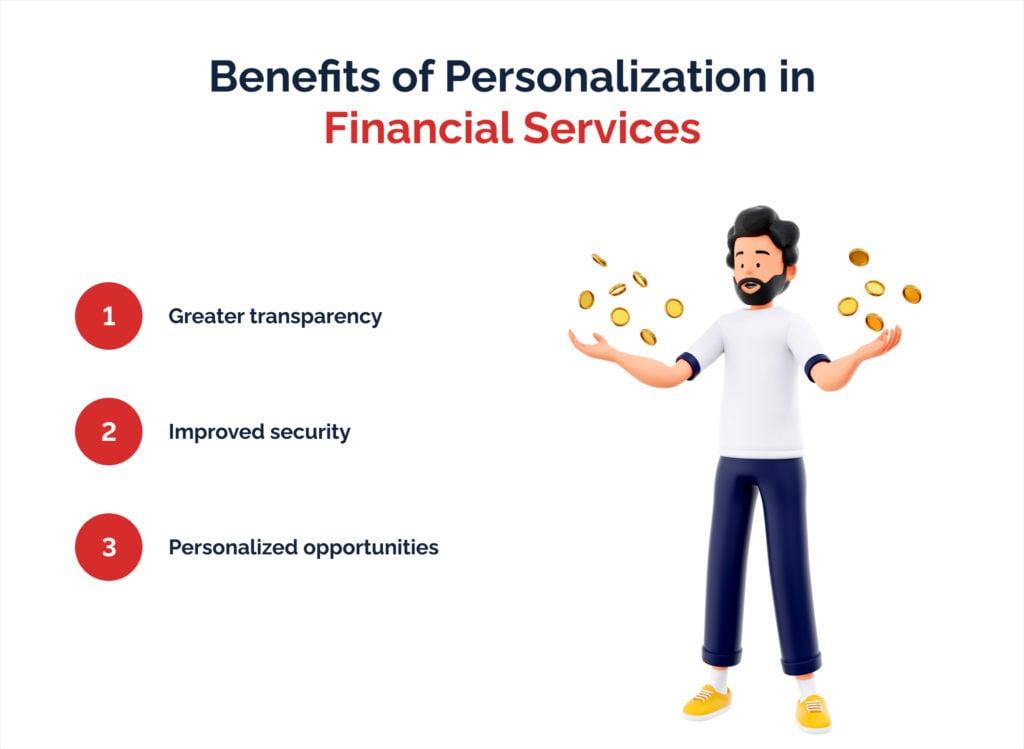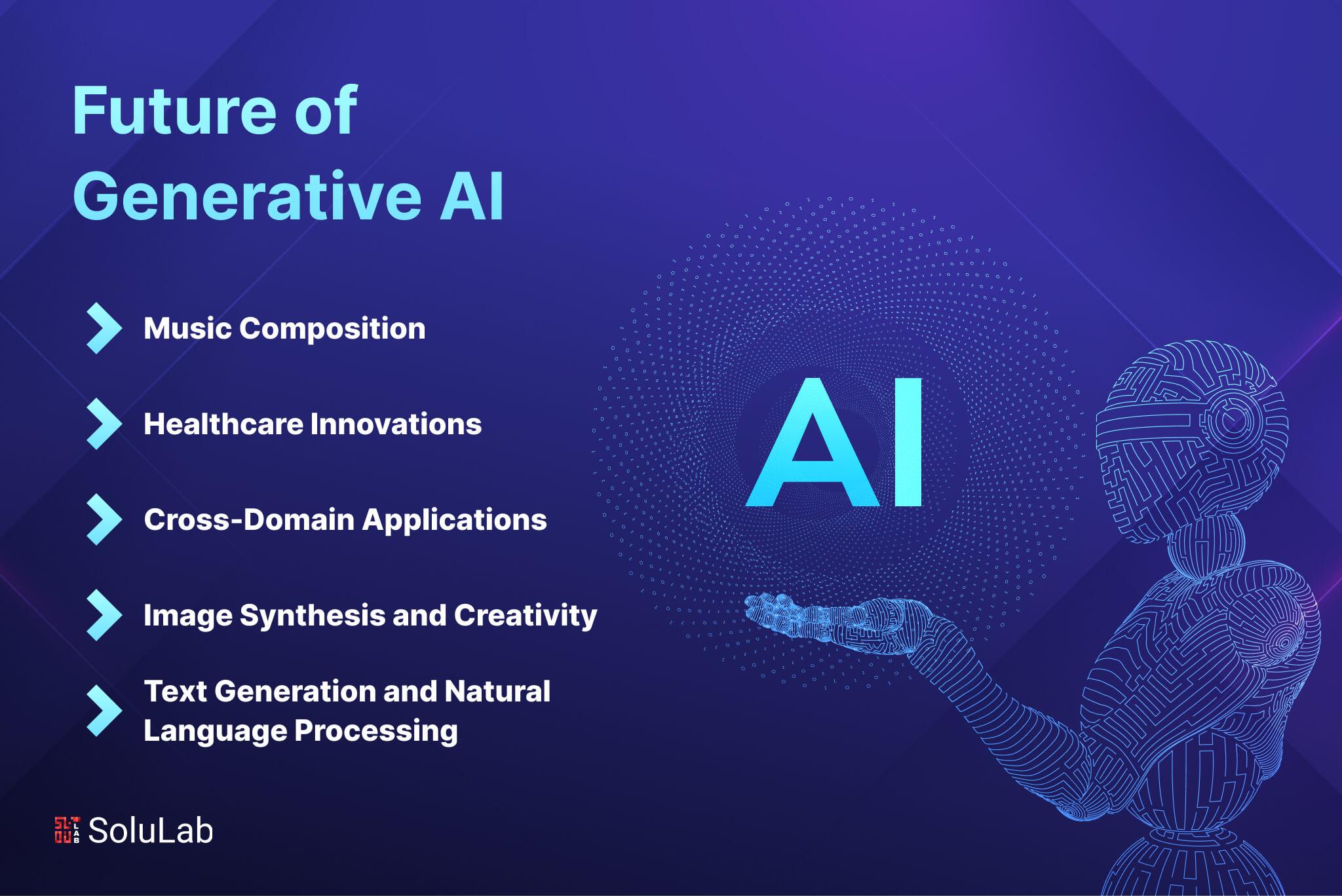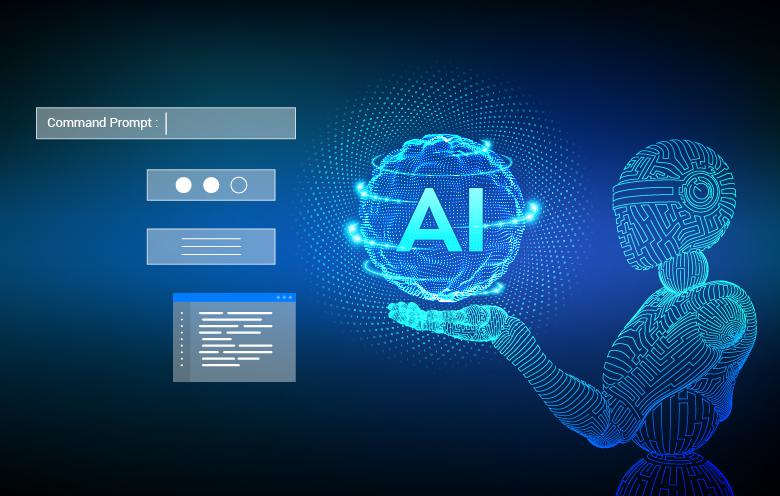Revolutionizing Commerce: Four Ways Generative AI Will Transform Banking
In an age where technology reshapes our daily lives and industries, banking stands on the precipice of a substantial transformation. As generative AI emerges as a powerful tool, it is poised to redefine the very foundations of commerce within the financial sector. This groundbreaking technology, capable of creating and simulating vast arrays of possibilities, is not just an incremental improvement; it heralds a paradigm shift in how banks operate, interact with customers, and navigate the complexities of modern finance. In this article, we explore four compelling ways in which generative AI is set to revolutionize banking, unlocking unprecedented efficiencies, enhancing customer experiences, and paving the way for innovative financial products that were once the stuff of imagination. Join us as we delve into a future where AI and banking converge, transforming commerce as we know it.
Transforming Customer Experience Through Personalized Financial Services
As financial institutions evolve, personalization has emerged as a key driver of customer satisfaction and loyalty. With the integration of generative AI, banks can now harness vast amounts of data to craft tailored services that meet individual customer needs. This technology enables institutions to analyze customer spending habits, preferences, and behavior patterns, allowing them to create bespoke solutions. For instance, customers can receive customized financial advice, personalized product recommendations, and relevant offers delivered in real-time, enhancing their overall banking experience.
The application of generative AI also extends to predictive analytics, which can anticipate customer needs and proactively address them. By implementing these strategies, banks can streamline communication and engagement. Consider the following benefits:
- Enhanced Responsiveness: The ability to react to customer inquiries swiftly and accurately.
- Data-Driven Insights: Gaining actionable insights to inform strategic decision-making.
- Tailored Marketing Campaigns: Delivering relevant content that resonates with specific customer segments.
- Dynamic Risk Assessment: Evaluating customer risk profiles to offer appropriate financial products.
| Feature | Description |
|---|---|
| Custom Financial Products | Offer products based on individual financial goals and behaviors. |
| Real-Time Support | Chatbots providing instant assistance tailored to user inquiries. |
| Behavioral Insights | Understanding customer preferences for better product alignments. |

Streamlining Operations with Enhanced Data Analysis and Decision Making
In today’s fast-paced banking environment, harnessing the power of data is essential. By integrating enhanced data analysis tools powered by generative AI, banks can achieve a new level of operational efficiency. Advanced algorithms can sift through vast amounts of transactional data to identify patterns and trends, allowing financial institutions to make informed decisions swiftly. This proactive approach significantly reduces response times to market fluctuations and customer needs, thereby enhancing customer satisfaction and loyalty.
Furthermore, the role of predictive analytics cannot be overstated in refining decision-making processes. Using AI-driven insights, banks can formulate strategies that are not only reactive but also anticipatory. Here are some key areas where this transformation can have a profound impact:
- Fraud Detection: Enhanced analysis can identify suspicious activities in real-time.
- Personalized Banking Solutions: Tailored services based on customer data boost user engagement.
- Risk Management: AI can forecast potential risks, aiding banks in strategic planning.
| Enhanced Analytics | Benefits |
|---|---|
| Real-time Insights | Quick decision-making capabilities |
| Customer Segmentation | Increased marketing effectiveness |
| Automated Reporting | Saves time and reduces human error |

Securing Transactions and Mitigating Fraud Risks with Generative AI
As the digital landscape becomes increasingly complex, the threat of fraud in financial transactions looms larger. Generative AI emerges as a pivotal tool in counteracting these risks, enhancing security measures through advanced analytics and predictive modeling. By leveraging machine learning algorithms, financial institutions can analyze vast datasets to identify and mitigate potential threats before they escalate. This proactive approach not only minimizes financial loss but also boosts consumer confidence, allowing for more secure online interactions. Key capabilities include:
- Fraud Detection: Generate real-time alerts for suspicious activities.
- Behavior Modeling: Create profiles that recognize abnormal transaction patterns.
- Anomaly Detection: Improve the identification of irregular transactions using AI-driven insights.
Furthermore, human oversight remains essential to complement these technological advancements. Integrating generative AI systems into existing infrastructure allows for continuous learning, where models adapt and improve from newly acquired data. This results in a dynamic fraud prevention framework that evolves in tandem with emerging threats. Notably, collaboration between generative AI and human analysts creates a synergistic effect that enhances decision-making and strategic planning. Financial institutions can also benefit from:
| Benefit | Description |
|---|---|
| Increased Accuracy | Reduce false positives and improve the detection rate of fraudulent activities. |
| Cost Efficiency | Lower operational costs associated with manual fraud detection processes. |
| Enhanced Customer Experience | Fast, seamless transactions without compromise on security. |

Innovating Product Offerings and Creating New Revenue Streams in Banking
Generative AI is paving the way for innovative product offerings that can seamlessly adapt to the ever-evolving needs of consumers. By integrating advanced machine learning algorithms, banks can analyze vast datasets to uncover insights that fuel product development. This technology allows for the personalized crafting of financial products tailored to specific customer demographics. For instance, institutions can create unique loan packages or investment products based on real-time analysis of user behavior and feedback, ensuring that offerings remain relevant and attractive. Key benefits of this approach include:
- Customer-Centric Innovations: Tailored financial solutions designed to meet individual needs.
- Agility in Product Development: Faster iteration cycles enabled by AI-driven insights.
- Effective Risk Management: Enhanced capabilities for assessing customer creditworthiness and potential defaults.
Moreover, generative AI can also open doors to new revenue streams by facilitating partnerships and automating processes, allowing banks to diversify their earnings strategies. Imagine a world where AI creates tailored finance apps for niche markets, such as freelancers or gig workers, providing them with bespoke financial insights and tools. This technology can identify gaps in the market, enabling banks to launch offerings that were previously unconsidered. Below is a simplified comparison of potential new products:
| Product Type | Description | Potential Audience |
|---|---|---|
| Personalized Savings Plans | Custom saving goals based on spending habits | Millennials and Gen Z |
| Dynamic Investment Portfolios | AI-driven investments that adjust in real-time | Young professionals |
| Freelancer Financial Toolkit | Financial management tools for gig economy workers | Freelancers and self-employed |
Future Outlook
As we stand on the brink of a new era in banking, the potential of generative AI shines brightly, promising to reshape the financial landscape in unprecedented ways. From enhancing customer experiences with hyper-personalized solutions to streamlining operations through intelligent automation, the applications are as diverse as they are transformative. As financial institutions embrace this technology, they are not merely adapting to change; they are propelling themselves into a future where agility, efficiency, and innovation will define success.
The journey to revolutionizing commerce in banking is just beginning. While challenges may arise, the opportunities presented by generative AI are too significant to ignore. It is up to banks and financial institutions to harness this power responsibly, ensuring that they are not only meeting the demands of the modern consumer but also paving the way for a more inclusive and accessible financial system.
As we look ahead, one thing is clear: generative AI is not just a tool; it is a catalyst for change. The banking sector must be ready to evolve, and in doing so, it holds the promise of a more dynamic, responsive, and customer-centric future. As we navigate this exciting frontier, we invite you to join the conversation and envision the possibilities that lie ahead—because the future of banking is being written today.
